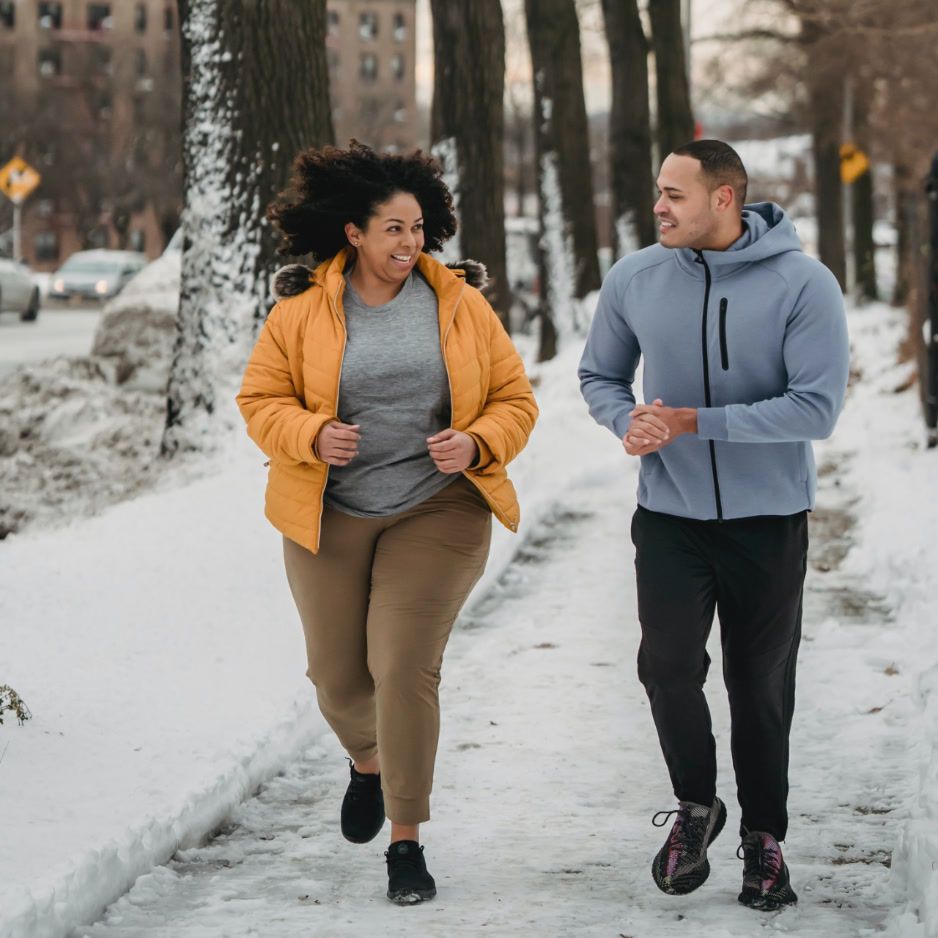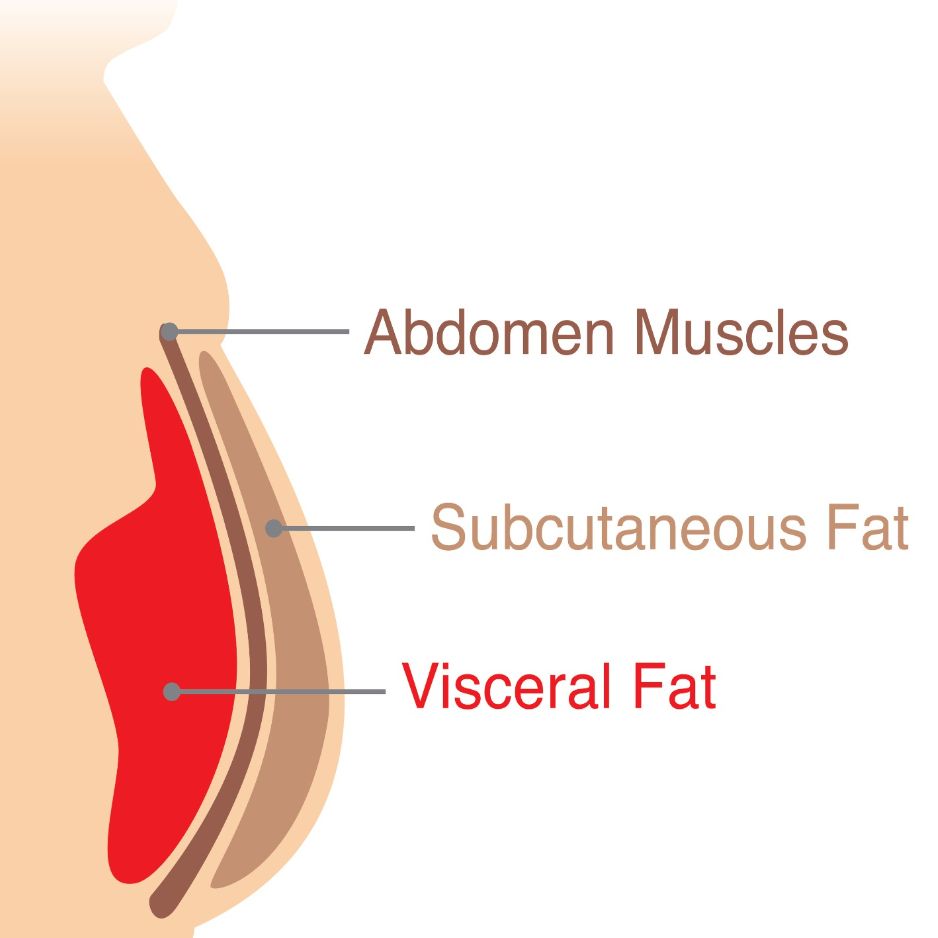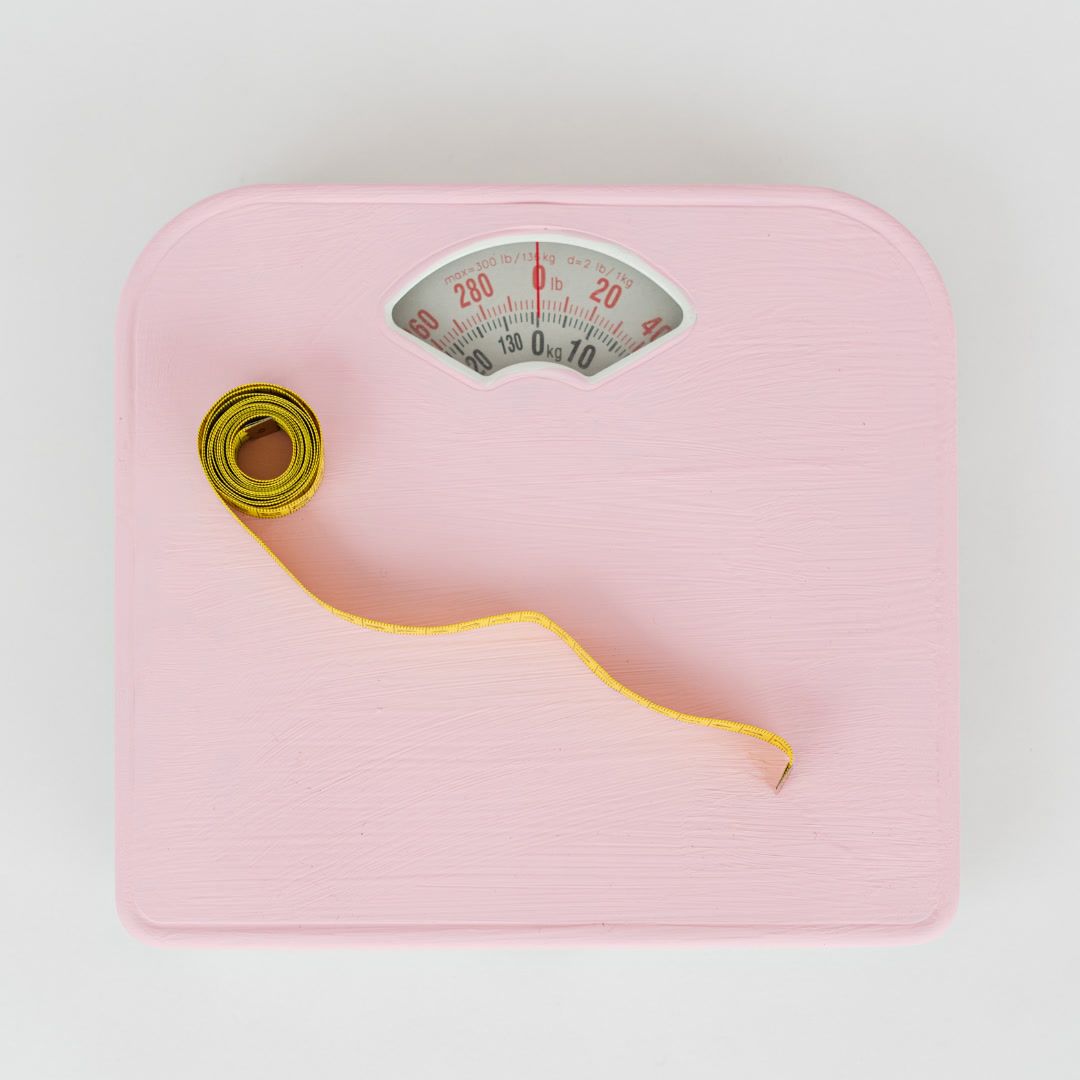Weighted Vest for Women: Benefits, Fit & Safety Guide
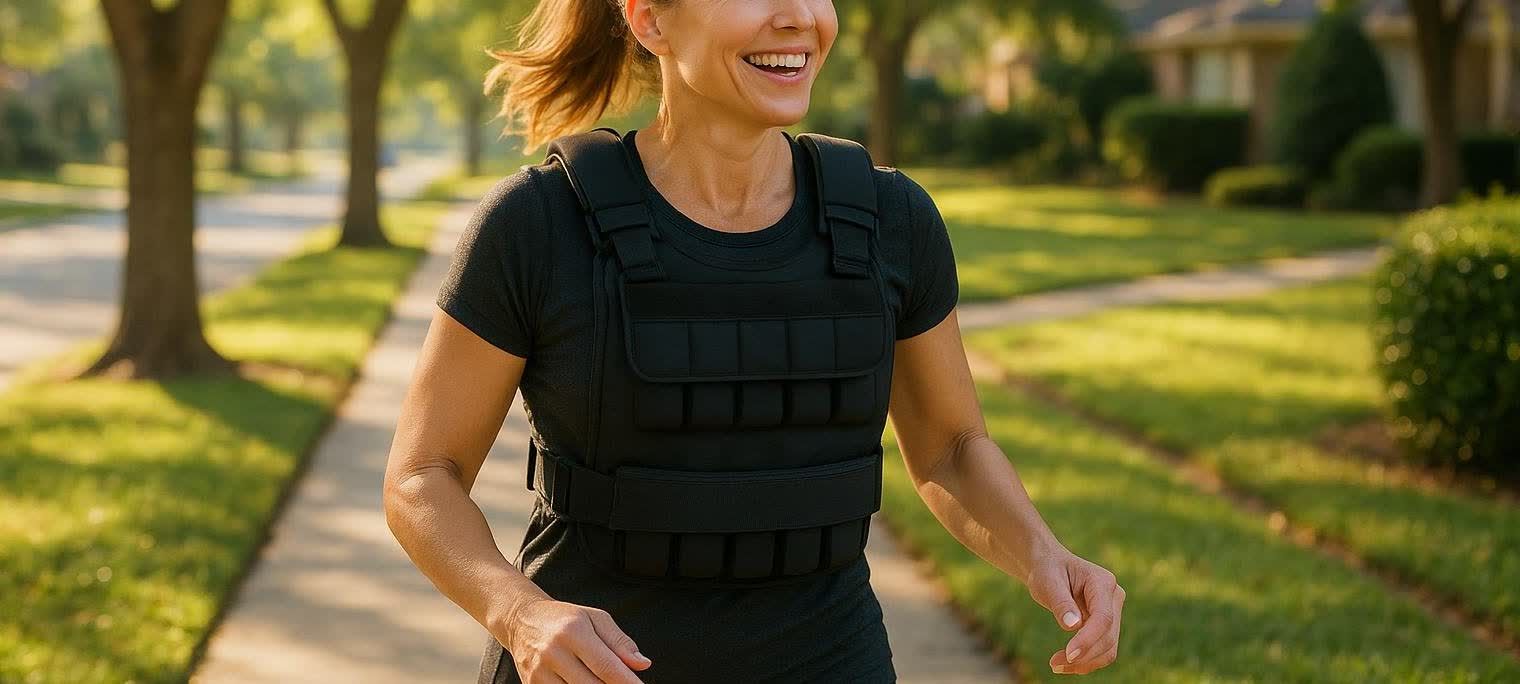
Weighted Vest for Women: Benefits, Fit & Safety Guide
TL;DR: A weighted vest for women can boost calorie burn, strengthen bones, and super-charge everyday workouts—if you choose the right weight and fit. Start with 5–10% of your body weight, progress gradually, and track results with a BodySpec DEXA scan.
Why Women Are Strapping On Weighted Vests
A weighted vest for women was once reserved for military drills and CrossFit boxes. Today it’s showing up on neighborhood walks, during household chores, and in home workouts. Why?
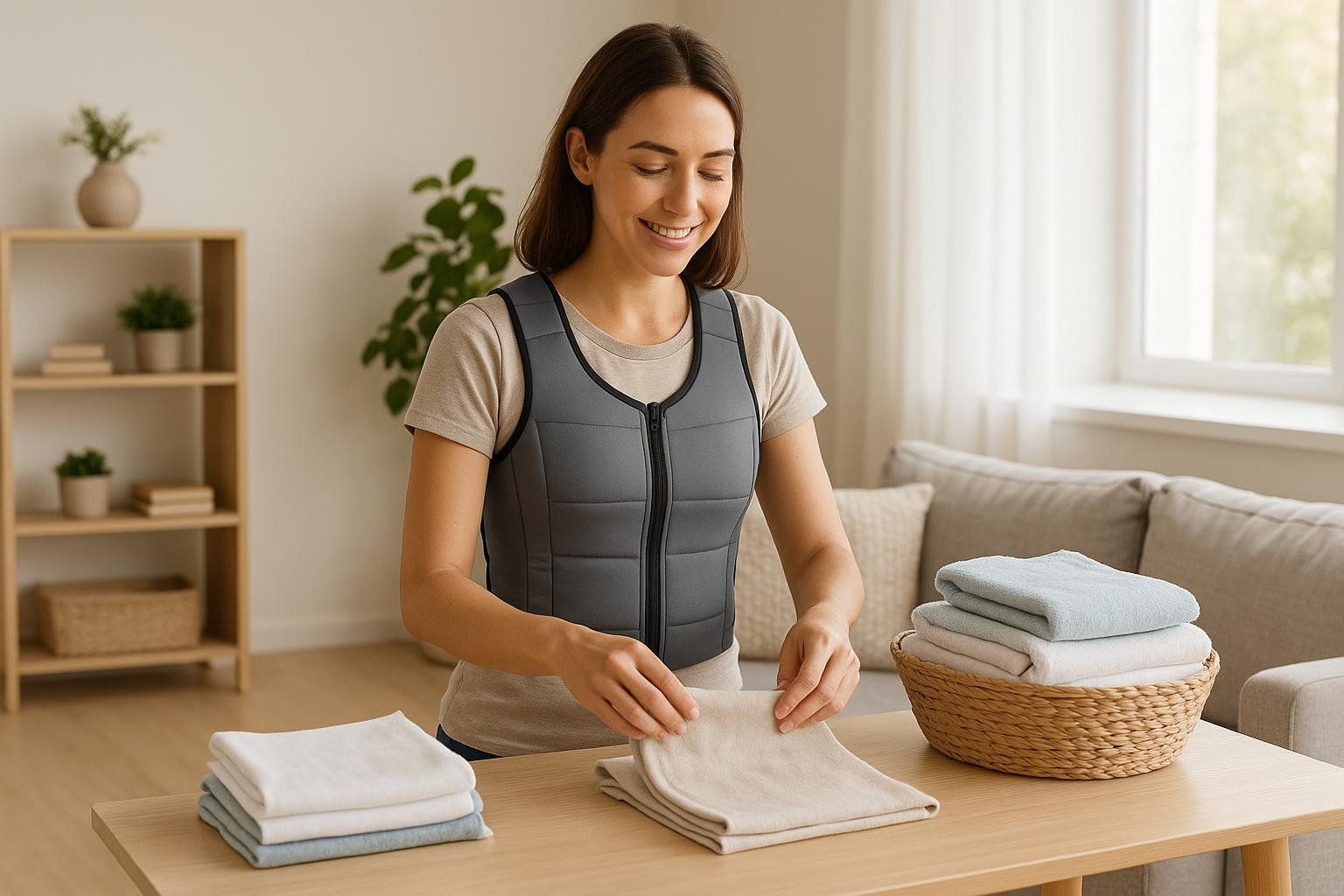
- Bone health – Impact + load slows the bone loss that accelerates after menopause.
- Strength & muscle tone – Extra resistance turns everyday moves into miniature strength workouts.
- Calorie burn – Wearing a vest equal to 15% of body weight increased calorie expenditure by 12% in treadmill walkers during an American Council on Exercise study (Prevention).
- Hands-free movement – Unlike dumbbells, the weight is evenly distributed so you can fold laundry or push a stroller without wobbling.
The Science: Weighted Vests and Bone Density
Postmenopausal women can lose up to 20% of their bone density within the first 5–7 years after menopause, translating to about 2–3% per year (Bone Health & Osteoporosis Foundation). A five-year study in the Journal of Gerontology found that women who performed low-impact jumps while wearing a weighted vest maintained or slightly increased hip BMD, while the control group lost ~4%.
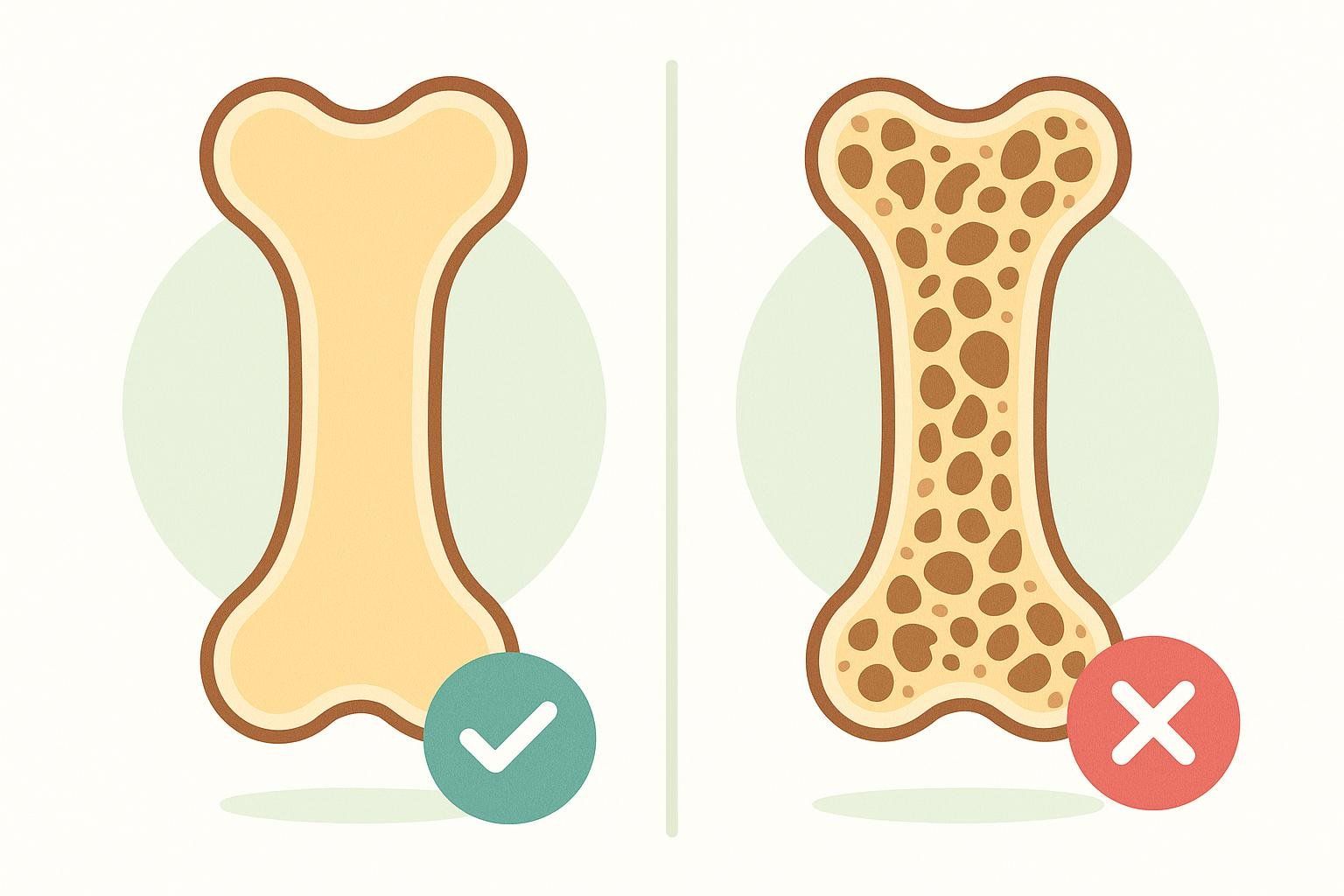
Want to quantify improvements? A DEXA scan measures tiny BMD changes long before an X-ray would pick them up. Our guide to what DEXA measures explains what your numbers mean.
How Heavy Should a Women’s Weighted Vest Be?
Most trainers and clinical studies land on the same starting zone: 5–10% of your body weight.
| Body Weight | Starter Vest Range (5–10%) |
|---|---|
| 120 lb (54 kg) | 6–12 lb |
| 150 lb (68 kg) | 7.5–15 lb |
| 180 lb (82 kg) | 9–18 lb |
Key Features to Look For in a Women-Specific Vest
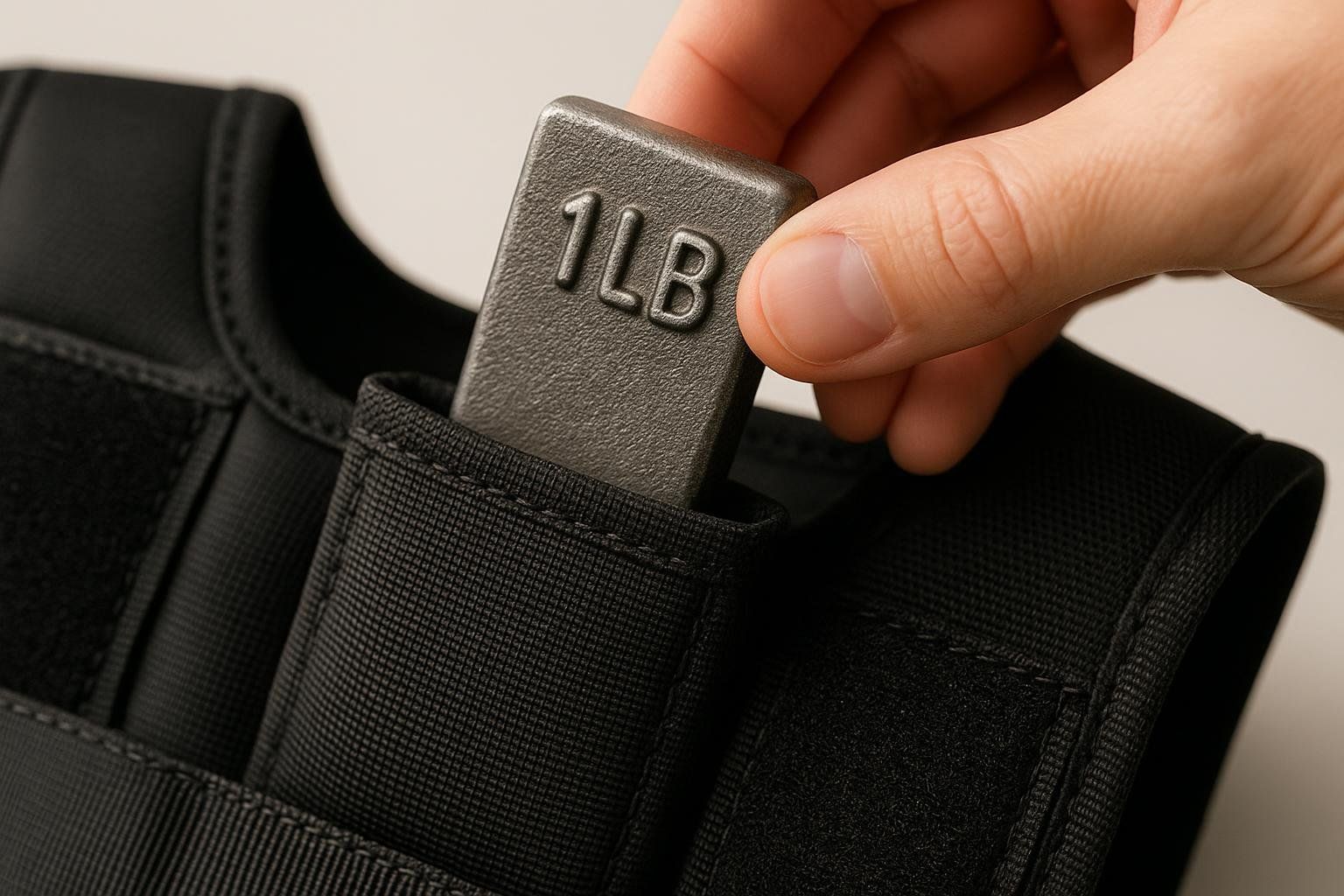
- Ergonomic cut – Tapered through the chest and hips to avoid gapping or compression.
- Micro-loading – Individual ½-lb or 1-lb bars let you fine-tune weight instead of jumping straight from 10 lb to 20 lb.
- Even weight distribution – Keeps the center of mass close to your torso to prevent bounce during jogging or jumping.
- Easy-to-clean fabric – Breathable material that can be hand-washed or machine-washed after removing weights.
- Adjustable straps – Side or front Velcro lets petite frames cinch the vest snug without squeezing the ribcage.
- Visibility & safety – Reflective trim for dawn walks; some vests even include a whistle pocket.
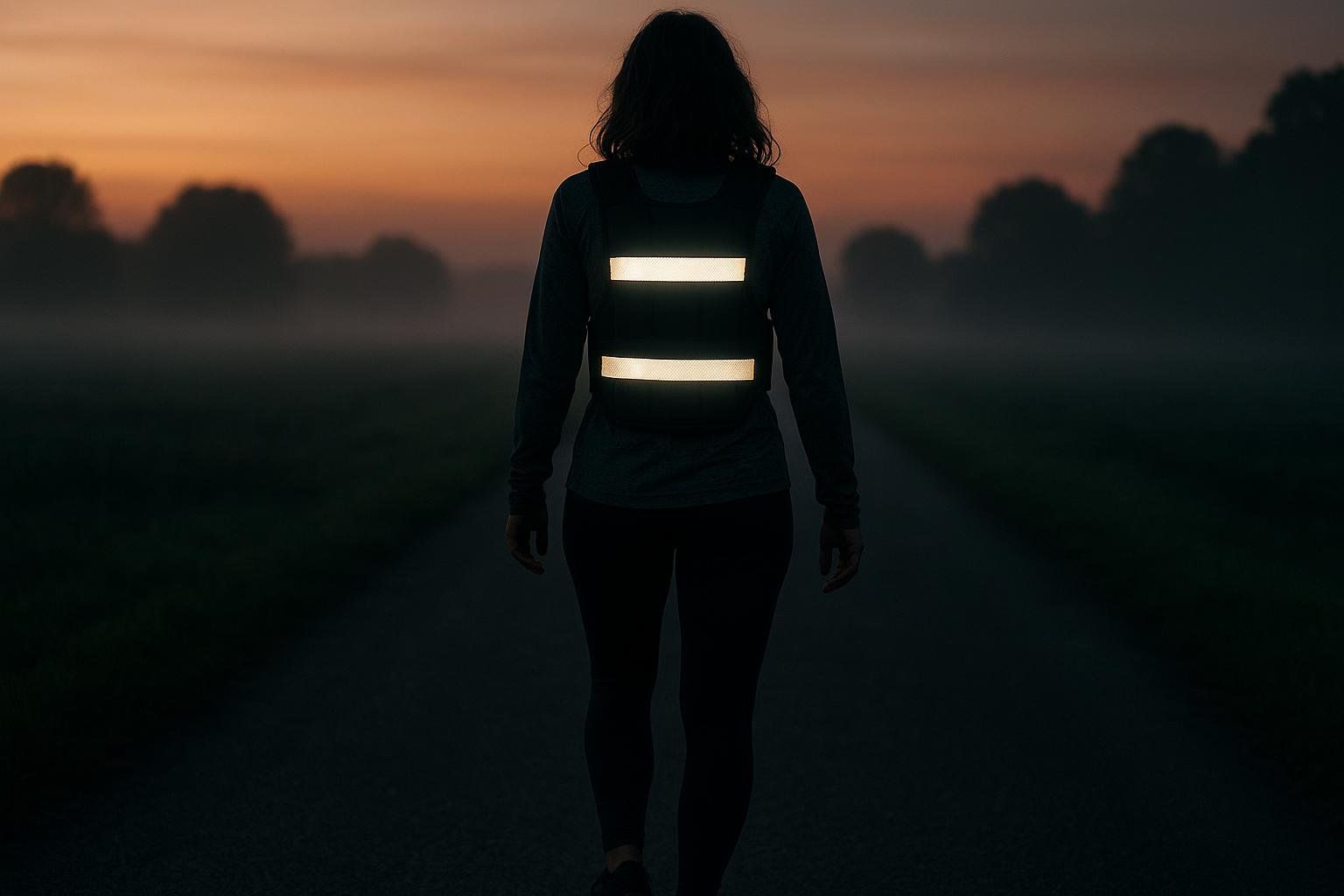
Best Weighted Vests for Women in 2025
How we picked: BodySpec exercise physiologists and certified trainers compared more than 20 women-specific vests, weighing comfort, adjustability, durability, user feedback, and cost. Our analysis identified these five models as top performers based on our criteria.
| Vest | Weight Range | Stand-Out Feature | Price Tier | Washable? |
|---|---|---|---|---|
| Omorpho G-Vest | Fixed (3 lb or 5 lb) | Even micro-bead weight distribution | $$$ | Spot-clean |
| Hyperwear Hyper Vest Elite | 10–25 lb (0.14-lb increments) | Ultra-thin profile, highly adjustable | $$$ | Hand-wash |
| miR Women’s Adjustable Vest | 10–50 lb (3-lb increments) | Heavy-duty loading for HIIT | $$ | Hand-wash |
| Aduro Sport Adjustable Vest | 4–46 lb adjustable | Budget-friendly neoprene design | $ | Hand-wash |
| Henkelion Weighted Vest | 4–20 lb (fixed) | Colorful, double-stitched construction | $ | Hand-wash |
Price-Tier Key: $ = Budget-Friendly - Mid-range | $$ = Premium
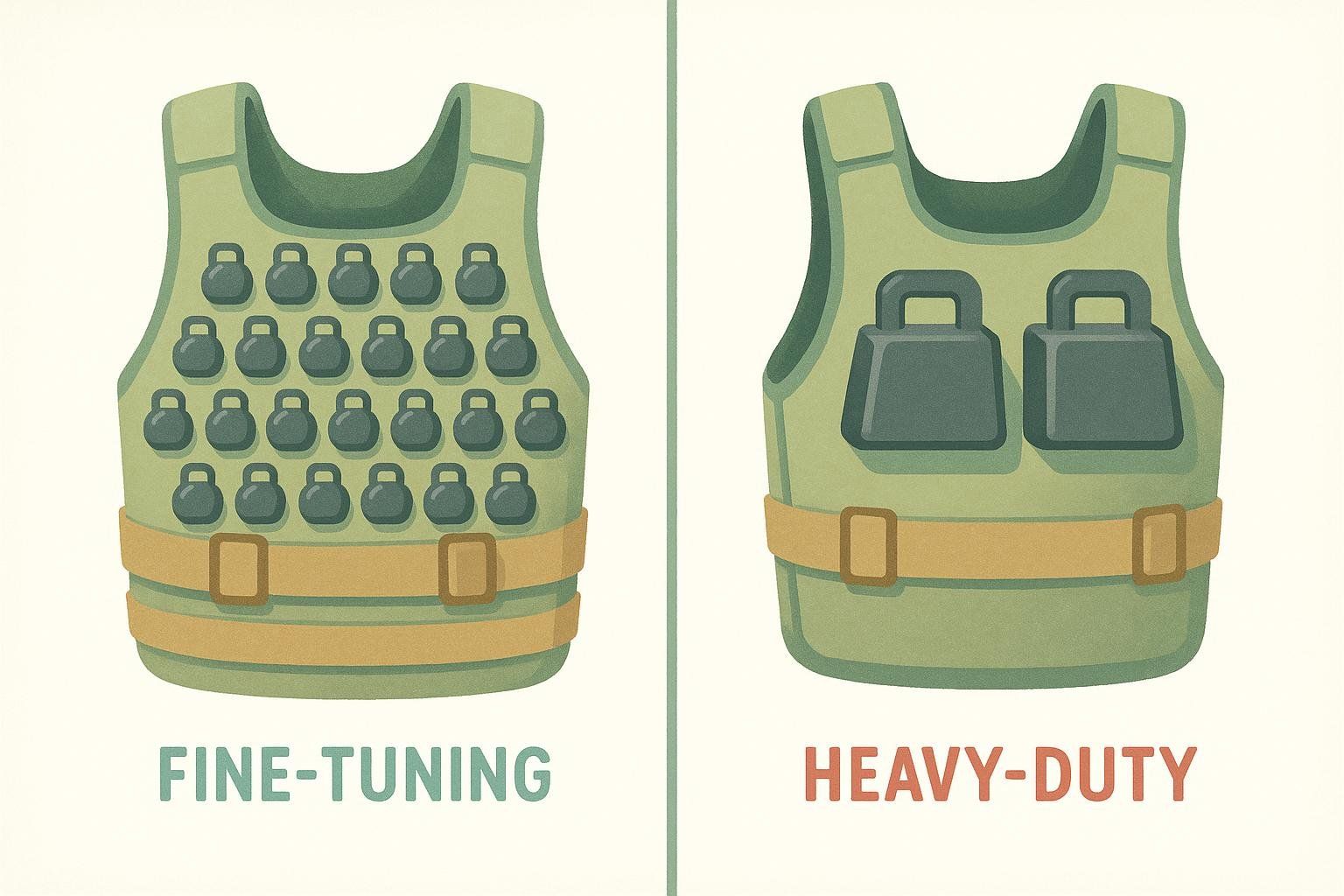
A Note on Vest Types: The miR vest increases weight in 3-lb increments, making it ideal for higher total loads rather than fine-tuning, whereas the Omorpho G-Vest’s low, fixed weight is meant for adding light resistance to high-movement activities (think plyometrics or sprint drills), not progressive-overload strength work.
Looking for a load-carrying option that frees up the chest area? Explore our roundup of the best rucking backpacks for women to see whether a weighted pack might suit your goals better.
Tip: When buying online, consider the brand’s return policy—trying on different sizes is often the best way to ensure a secure fit.
Getting Started: Workouts & Everyday Uses
Week-by-Week Progression
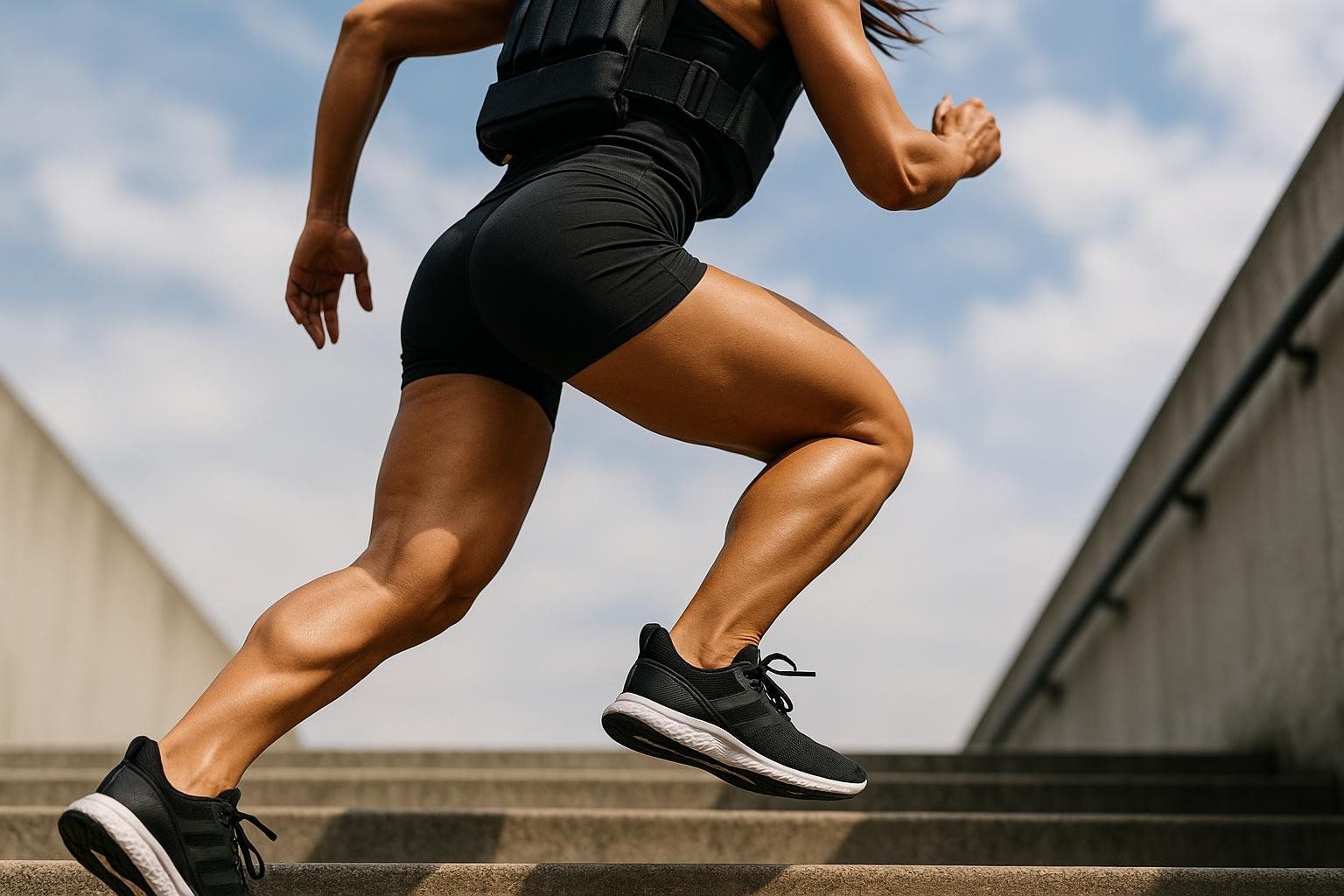
| Week | Activity | Duration | Vest Load |
|---|---|---|---|
| 1 | Walk | 20 min | 5% BW |
| 2 | Walk + 10 body-weight squats | 25 min | 5% BW |
| 3 | Walk + 2 × 20-sec stair climbs | 30 min | 7% BW |
| 4 | Add 30-sec jog intervals | 30 min | 7% BW |
| 5 | Circuit: walk, squats, incline push-ups on a bench | 35 min | 8% BW |
| 6 | Low-impact jumps (3 sets × 10) | 40 min | 10% BW |
Pair this plan with the osteoporosis-friendly routines in our guide to strength training for bone density to create a comprehensive bone-health program.
Safety First: When to Skip or Modify
- Joint pain or recent injury – Heal first, load later.
- Osteoporosis with T-score ≤ −2.5 – Get clearance from your doctor and consider a lighter start.
- Pregnancy – Opt for unloaded walks unless your healthcare provider clears extra weight.
- Poor posture – Correct alignment issues before adding load.
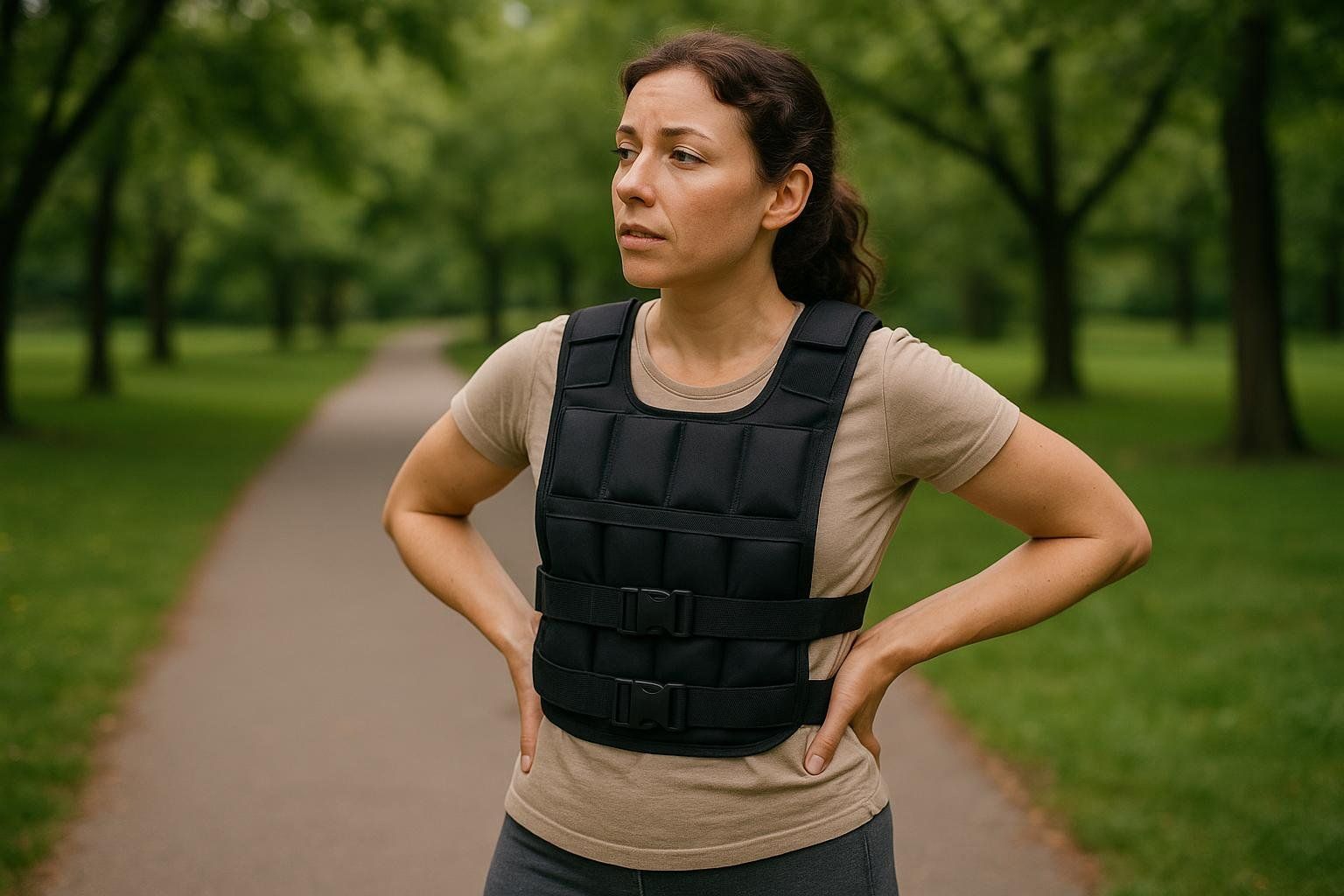
Always listen to your body. Discomfort in the shins, knees, or lower back is a signal to dial the weight back.
Track Your Progress with BodySpec
DEXA isn’t just for body fat. Our scanners quantify bone density, visceral fat, and lean mass in a quick 10-minute session. Retest every 3–6 months to see if your vest routine is truly moving the needle. Our guide on interpreting DEXA results walks you through what the numbers mean.
FAQ
What size weighted vest should I get as a petite woman?
Look for models with extra-long Velcro or side-lace systems. Aim for snug but not constricting—if the vest shifts when you jump, size down.
Can a weighted vest replace strength training?
No. A weighted vest is a supplement, not a replacement for traditional strength training, which allows for more precise progressive overload with dumbbells, barbells, or resistance bands.
How often should I wear my vest?
Two to three times per week is plenty for bone benefits. Light daily use (e.g., walking) can work for some people if the load is low and you recover well—always pay attention to soreness and energy levels.
Will wearing a vest make me bulky?
No. The added load is too small to build significant muscle bulk without dedicated high-volume strength work.
Takeaway
A well-fitted weighted vest for women is like a stealth gym you can wear: it fortifies bones, fires up muscles, and boosts calorie burn while you go about your day. Start light, progress smart, and let BodySpec data confirm your gains.
Disclaimer: This article is for educational purposes and is not a substitute for professional medical advice. Always consult a qualified healthcare provider before beginning any new exercise program.
